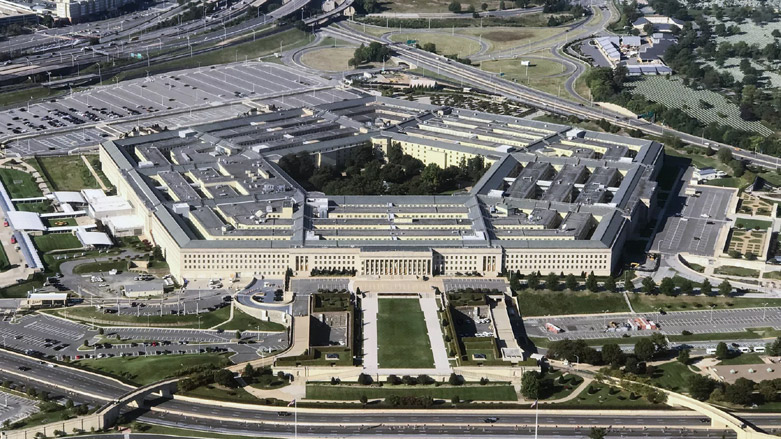Suspected ricin mailed to Pentagon, White House

WASHINGTON DC (Kurdistan 24) - A substance, believed to be ricin, has been discovered in two pieces of mail sent to senior Pentagon officials, as well as a third letter sent to President Donald Trump.
All three items were intercepted before they made it to the Pentagon or White House, US authorities explained on Tuesday.
The two letters containing the suspected ricin sent to the Pentagon were addressed to Secretary of Defense Jim Mattis and the Chief of Naval Operations, Admiral John Richardson.
Ricin can be extremely dangerous. It is found in the castor bean, but “special, technically difficult processes that are not readily available” are required to produce it in a highly lethal form, the US Government’s Centers for Disease Control (CDC) explains.
In its lethal form, a mere three milligrams of ricin can be fatal.
In 1978, the dissident Bulgarian writer, Georgi Markov, who worked for the BBC at the time, was assassinated in London with a specially designed ricin pellet.
Like something out of a James Bond movie, the pellet was fired from an umbrella, into Markov’s leg. He did not realize the seriousness of the incident until he became ill that evening. He was taken to the hospital but died four days later.
The Bulgarian Secret Service, aided by the Soviet KGB, is widely assumed to have been responsible.
Since the anthrax letters following the September 11, 2001, terrorist attacks, security at US government facilities has been expanded to include the detection of biological agents sent through the mail.
The security systems for mail at the White House and Pentagon picked up the suspected ricin on Monday.
Little information has emerged about the letters, although CNN reported that there was “messy handwriting” on the envelopes and at least one letter included an index card on which was written, “Jack the missile bean” and “Stock powder.”
CNN also said that the material was a “very crude castor bean concoction.”
The event, nonetheless, raises memory of the anthrax letters. Like ricin, anthrax must be specially processed with sophisticated equipment if it is to be made highly lethal. For anthrax to be fatal, the spores must be inhaled into the lungs and remain there—and not exhaled. That requires the anthrax to be a small and specific size: around four microns.
The first set of anthrax letters was mailed on September 18, a week after the 9/11 attacks. Five letters were sent on that day to media outlets. The anthrax they contained was not very dangerous. It clumped together and was too big to be really dangerous.
However, three weeks later, in early October, sophisticated and very deadly anthrax was mailed to two US Senators—just after the US intervention against al-Qaeda in Afghanistan began.
The second anthrax mailing astounded Western scientists. They had never seen such lethal anthrax before. The danger lay in the fact that the spores were the right small and precise size. They floated around in the air, rather than clump together.
The anthrax letters included notes suggesting that the biological agent came from al-Qaeda. However, the FBI, the lead investigative agency, resisted the notion that the anthrax had a foreign origin.
Rather, the FBI fingered a succession of US scientists. The first scientist—whom it publicly identified, Steven Hatfill—proved innocent, and the US government was obliged to pay him $4.6 million to settle his lawsuit.
Subsequently, the FBI identified another US scientist, Bruce Ivins, as the perpetrator. The bureau let it be publicly known that it would be filing charges against him. Before that happened, however, Ivins committed suicide, and the investigation ended.
Subsequently, the National Academy of Scientists reviewed the FBI’s work and concluded it had “overstated” the strength of its analysis linking Ivins to the attack.
Similarly, senior Bush administration officials, including President George W. Bush, Vice-President Dick Cheney, and Deputy Secretary of Defense, Paul Wolfowitz, all seriously doubted the FBI’s conclusion, although only Bush expressed that publicly.
Whether the person (or persons) behind the ricin letters will turn out to be a disturbed and angry individual or whether the letters are a prelude to a more serious assault remains to be seen. There is, however, the potential for serious danger.
Editing by Nadia Riva
